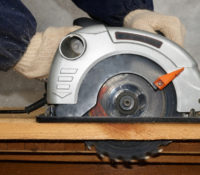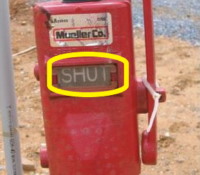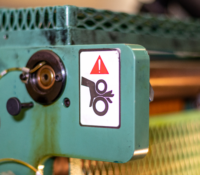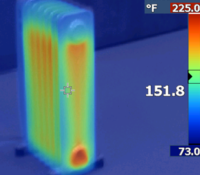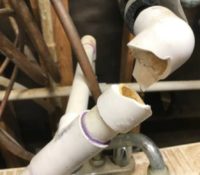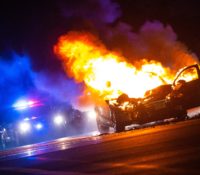HEY…Cover Up Please!
Machine guards can be compared to the clothes we wear every day. Indeed, they serve a very important purpose. Imagine someone leaving their home on a fine, sunny morning wearing nothing but a smile. Wonder how far they will get through the day before things start going poorly for this individual?

There will be more than a few raised eyebrows and blushes when he stops into the local Starbucks for his usual morning double-dipped and whipped, chocolaty chip with a touch of pumpkin spice cappuccino fix. Good luck with that! Probably going to leave disappointed, empty-handed, and likely wearing handcuffs. This will be the beginning of a very long, very bad day for that individual. Had he recognized the risks associated with this type of behavior, and then put forth a little effort to cover up, he would have prevented many unfavorable and possibly life-changing personal and legal problems from ever occurring!
And so it is with properly guarding a machine. Machine safeguarding helps to protect workers from preventable injuries. Read More


